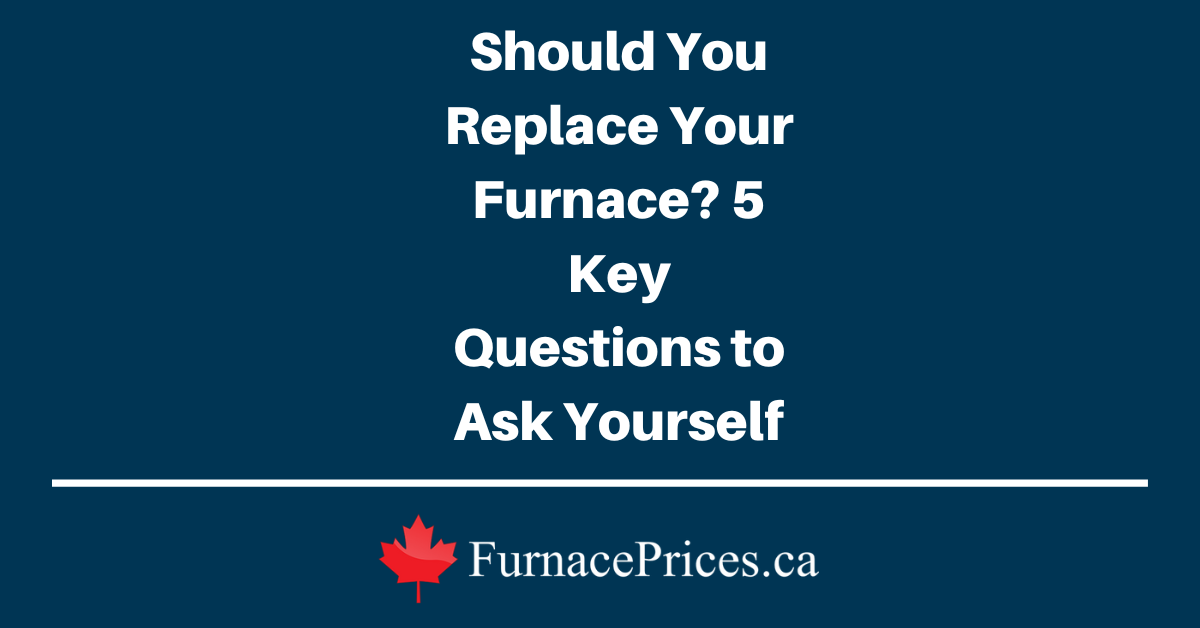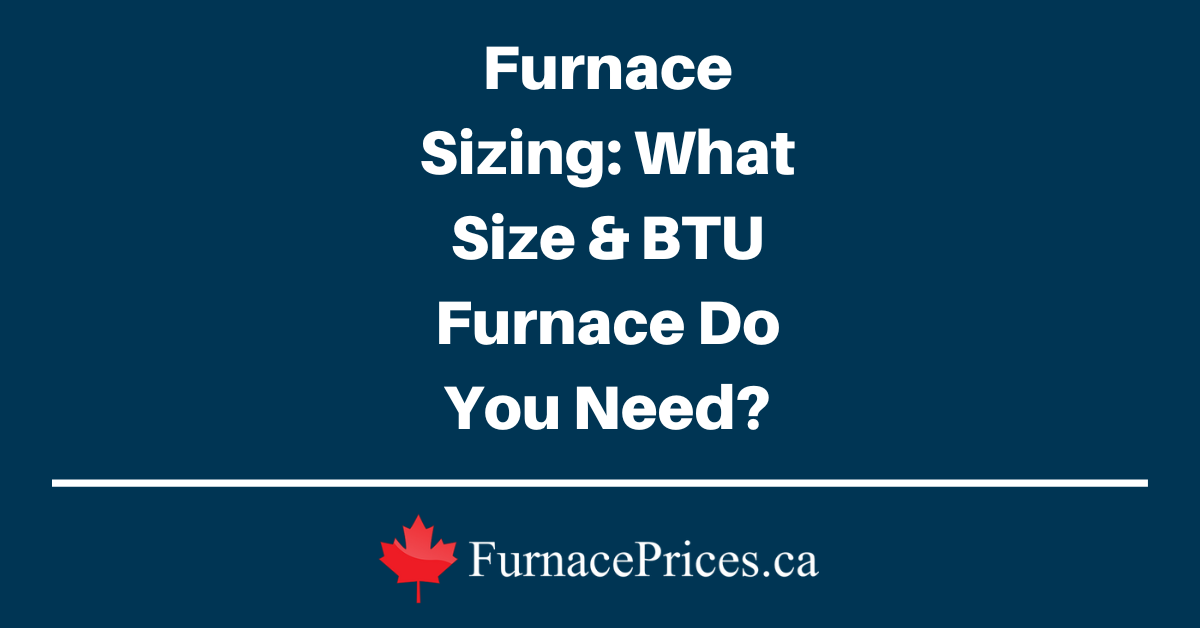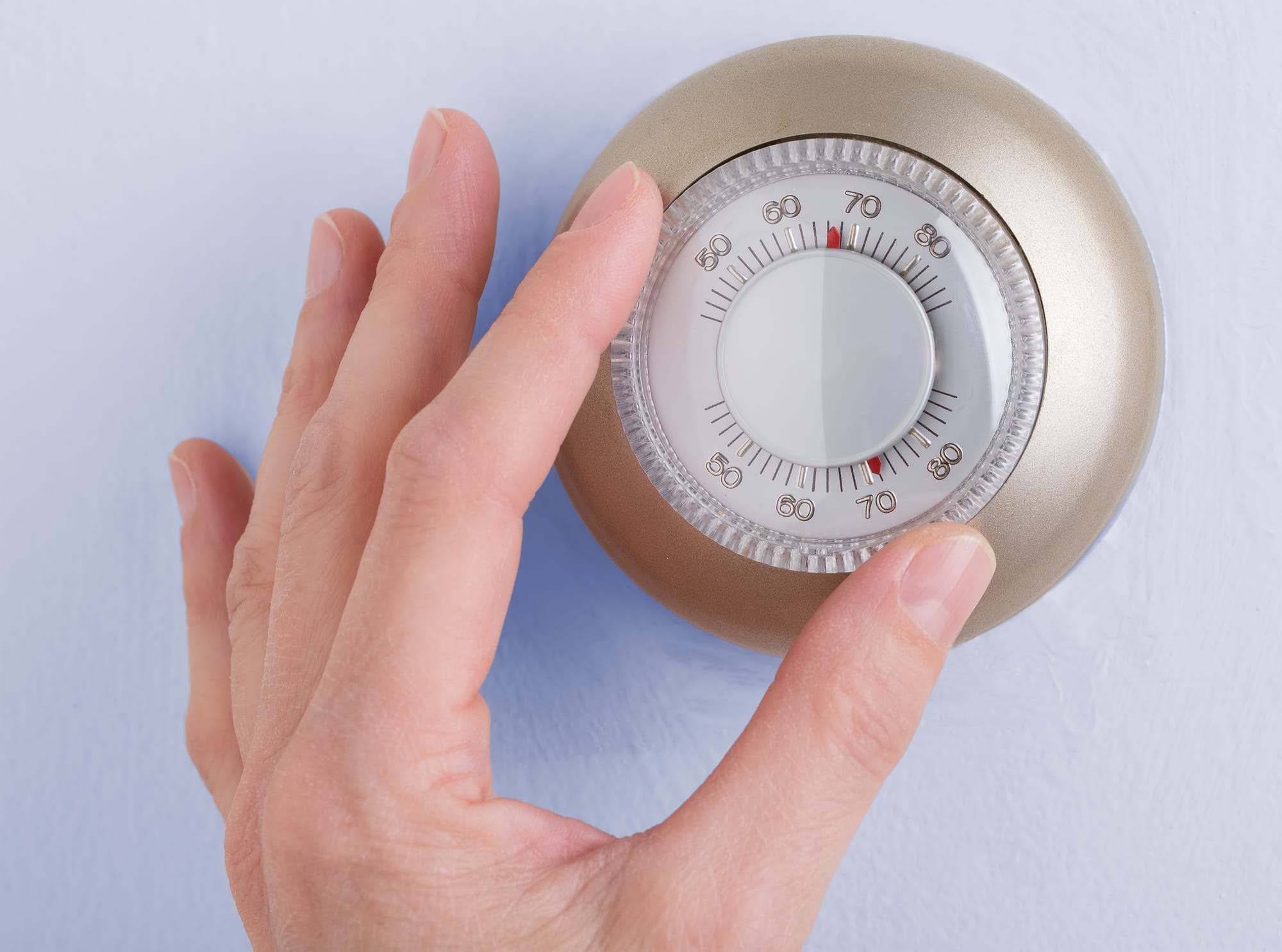So should you Buy a used furnace? In short, no.
Let’s look at six reasons it’s best to avoid the temptation of saving a few bucks by buying a used furnace(second-hand furnace):
1. Contractors won’t touch them
We regularly get emails from people asking us if we can recommend a contractor who will install a furnace (or central air conditioner) that the homeowner was “able to acquire” somewhere.
Often they purchased a second hand or refurbished furnace from an online classified website or from someone they know who happens to be a general contractor. Perhaps the unit was pulled out of another home that was under renovation, and the unit allegedly still works.
Invariably, we must be the bearer of bad news, explaining that it is unlikely any established HVAC company will be willing to touch a furnace or A/C of unknown origin.
Imagine you were a surgeon at a hospital and someone approached you to perform a liver transplant on them with a liver that they had “acquired” somewhere undisclosed… ok, maybe it’s not exactly like that.
But the point is that contractors are generally wary of installing equipment that they didn’t get from regular distribution channels.
Usually heating & cooling companies will get their equipment either directly from the manufacturer or from regional distributors that handle the wholesaling of equipment for the manufacturers.
So when a contractor gets a furnace or A/C from these distributors or the manufacturer, it is tracked with a serial number, invoices, and appropriate paperwork, and the unit can be returned – or replacement parts can easily be ordered in the event there is anything wrong during or after the installation.
In the case of a used furnace, there are no such recourses. And if the customer’s second-hand unit doesn’t quite work right after installation, the contractor is potentially exposing themselves and could be liable for covering the costs of fixing or replacing it. Or at the very least, it’s a potential headache that they probably would prefer to avoid.
2. It’s unlikely to be covered under warranty
When you purchase a new furnace or air conditioner from a respectable company, the unit will be registered after installation, which means it will be fully covered by the manufacturer’s warranty.
This obviously isn’t an option with a used furnace. Most warranties also specifically state that they only apply to the original owner, and in the original home and installation location.
Furthermore, even if you do find a contractor to install the unit, it’s unlikely they will want to offer any labour warranty on the installation.
Therefore if anything goes wrong with your unit – like it breaks down in the middle of January – you’re on your own.
3. And it is more likely to break down – probably at an inopportune time
Unsurprisingly, a second-hand furnace is also more likely to give you problems.
Like IKEA furniture, furnaces are elaborate, carefully-assembled contraptions that aren’t built to be moved. When a heating system is installed, various pipes and fittings must be connected and sealed… in short, moving and reinstalling a furnace is not ideal.
4. Your homeowners’ insurance company may have mixed feelings about you installing a second-hand furnace.
This is especially true given that, once again, established contractors probably won’t want to install it, meaning you have to find someone perhaps less established or uncertified.
Consider the fact that a furnace is essentially an appliance that draws flammable natural gas (or propane) into your home and combusts it in a controlled fashion to generate heat. Is this really something you want to entrust to some used furnace that was pulled out of another home, possibly damaged in the process, just to save a few bucks?
Not to say installing a used furnace is extremely dangerous, but it’s not what was intended by the manufacturer.
5. Your furnace could get red-tagged
When the gas company or any other licensed technician comes to inspect your furnace, whether for routine maintenance or because it’s not working, they are required by law to red-tag your furnace if it is deemed to be unsafe. This means that they must alert the gas company, who will then shut off your gas if the unit is not repaired or replaced in short order.
And no amount of protesting and assuring them that the guy on Craigslist you bought it off of, seemed like “a real straight shooter”, will change their mind.
6. Buying a used furnace is not like buying a used car or a microwave
Cars are built to move by design; it’s their raison d’être. Furnaces are not.
Cars are commonly sold on the second-hand market, and there is a vast amount of supporting infrastructure to enable this.
Everything from the car’s odometer which tracks total mileage, to resources like Kelley Bluebook, and CarFax, help make the process of buying and selling a used car as easy as possible.
And really with any other simple appliance or consumer product, buying a used model is no big deal. The ease with which you can buy any other home appliance second hand is probably why people consider attempting to buy a used furnace in the first place.
But due to the nature of heating & cooling equipment, and the fact that they require installation by a licensed and experienced professional for obvious safety reasons means that you’re generally better off buying your heating & cooling system new.
So when you’re on the lookout for second hand bargains, stick to uh… mattresses, or underwear… or dentures? I dunno, whatever it is people usually buy used.
Not to worry though, it’s still possible to get a good deal on a brand new heating and cooling system!
Get Quotes
How soon are you looking to buy?*











